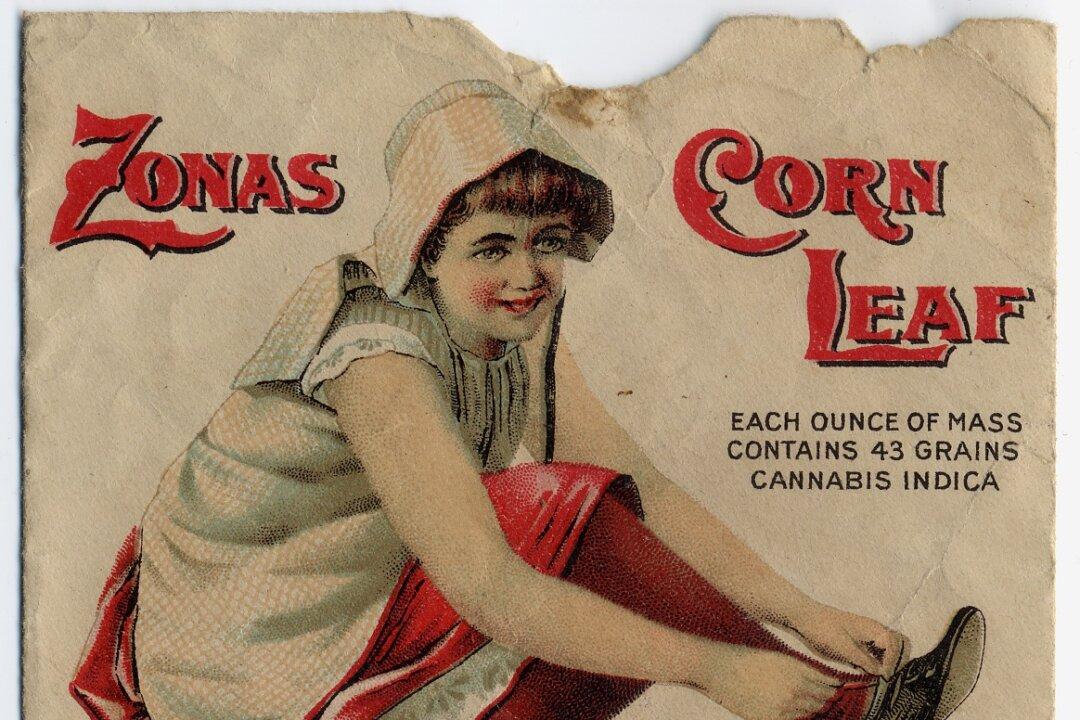“Disfiguring humors, scrofula, humiliating eruptions, copper-colored diseases of the blood”—we might not be familiar with all of these conditions, yet over 100 years ago consumers who believed themselves to be plagued by such ailments might have resorted to taking a concoction that promised no less than “a positive cure for every form of skin and blood disease,” including hair loss.

Collection of products from the Smithsonian National Museum of American History. Courtesy of Smithsonian National Museum of American History





